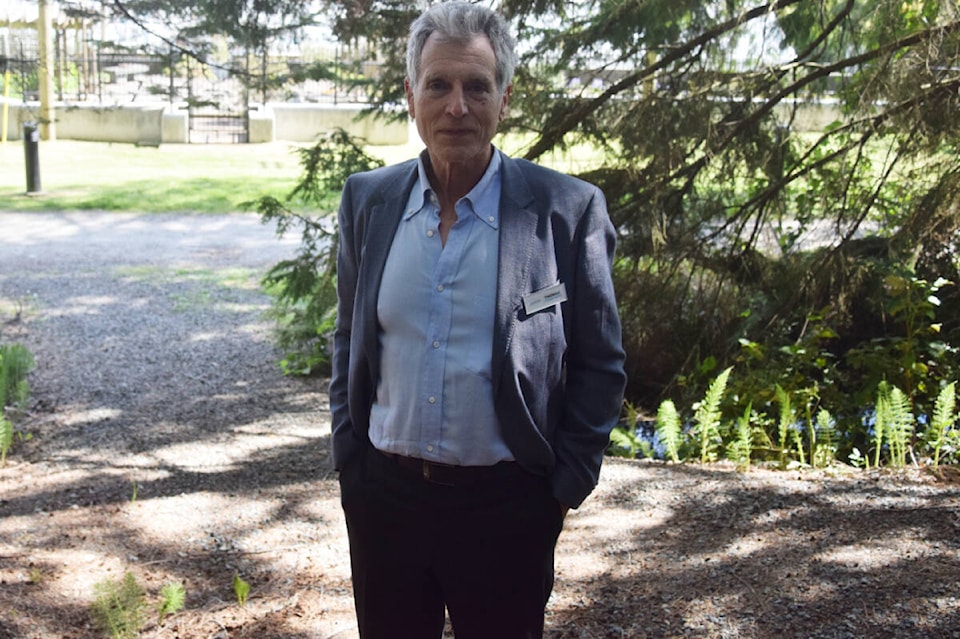A first-of-its-kind in Canada ultradeep geothermal (UDG) research facility at Royal Roads University (RRU) was given three donations totalling over $3 million on April 23.
The Cascade Institute program at RRU program focuses on geothermal systems hidden in dry, hot rocks five to 10 kilometres beneath the earth’s surface.
“There’s enough energy beneath us to power the entire world thousands of times over indefinitely into the future, enabling any kind of society humanity may want to build. This energy is close by but hard to get to. The Cascade Institute is working to tap that power,” said Thomas Homer-Dixon, Cascade Institute executive director.
The donors were Grantham Foundation for the Protection of the Environment, Founders Pledge’s Climate Change Fund and Rethink Charity Foundation’s R.C. Forward Climate Change Fund donors.
“The funding massively upscales Canada’s research and development efforts in geothermal power and supports its national commitment to achieve net-zero emissions by 2050 to address the climate crisis,” the RRU release said. “The program focuses on deep geothermal systems in hot, dry rock five to 10 kilometers below Earth’s surface.”
Geothermal energy is more efficient and safer than nuclear power and less weather-dependent than wind or solar, according to Rebecca Pearce, a geophysicist and research fellow at the Cascade Institute’s ultradeep geothermal project.
Pearce said that UDG does not require volcanic activity, could be built right next to someone’s house, and would pose minimal risk if a problem were to occur.
“The geothermal station would just shut down,” Pearce said.
Homer-Dixon said the potential benefits of geothermal energy outweigh the risks, and it is tough to imagine anything terrible happening because of the technology.
“Whereas something like nuclear has many problems and is much less forgiving.”
The technology is designed to drill into rocks that are 150 degrees Celsius and will cost an additional $45 million for every extra 10 degrees, said Homer-Dixon.
The drilling that UDG carries out does not need tectonic activity and has the potential to be set up anywhere.
One of the challenges that Cascade is trying to solve is how to drill on the Canadian Shield that extends through most of Canada, Homer-Dixon said.
“Figuring out how to drill and get power in the shield means we can get power anywhere on the planet,” he said.
Ideally, Homer-Dixon would like Cascade to be able to drill to 10 kilometres beneath the earth’s surface and hopes to produce 50 to 100 gigawatts of power.
UDG is also a way to future-proof the economy and shift away from oil and gas, and Homer-Dixon said that this could bring the nation together.
“We could bring the parts of the country together around a kind of moonshot moment.”
READ MORE: Saanich Peninsula farmer worries about the legacy of farming in B.C.
